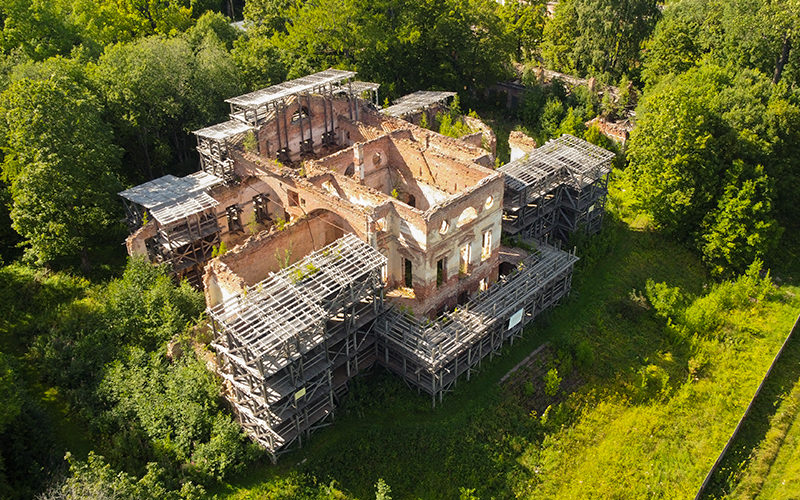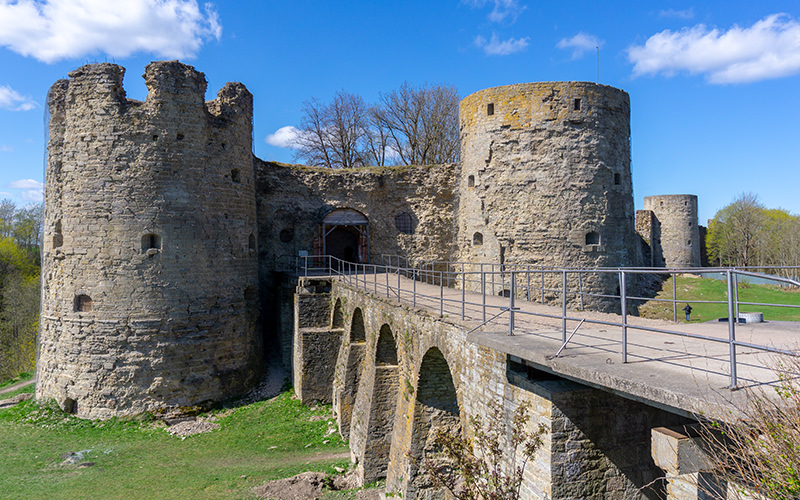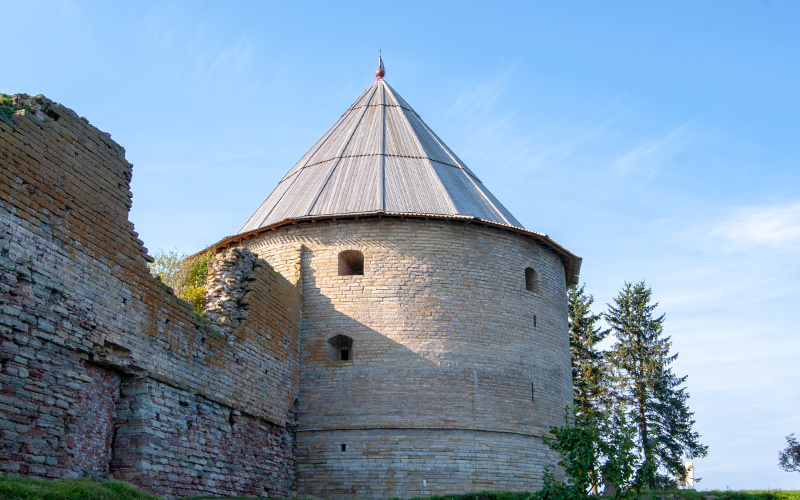The Fortress "Oreshek" is located at the source of the Neva River on Oreshek Island, which it is named after. The fortress was founded in 1323 by Prince Yuri Danilovich. The primary purpose of "Oreshek" was to protect the lands of Great Novgorod and the route to Lake Ladoga from the Swedes. Today, the fortress is part of the State Museum of the History of Saint Petersburg.
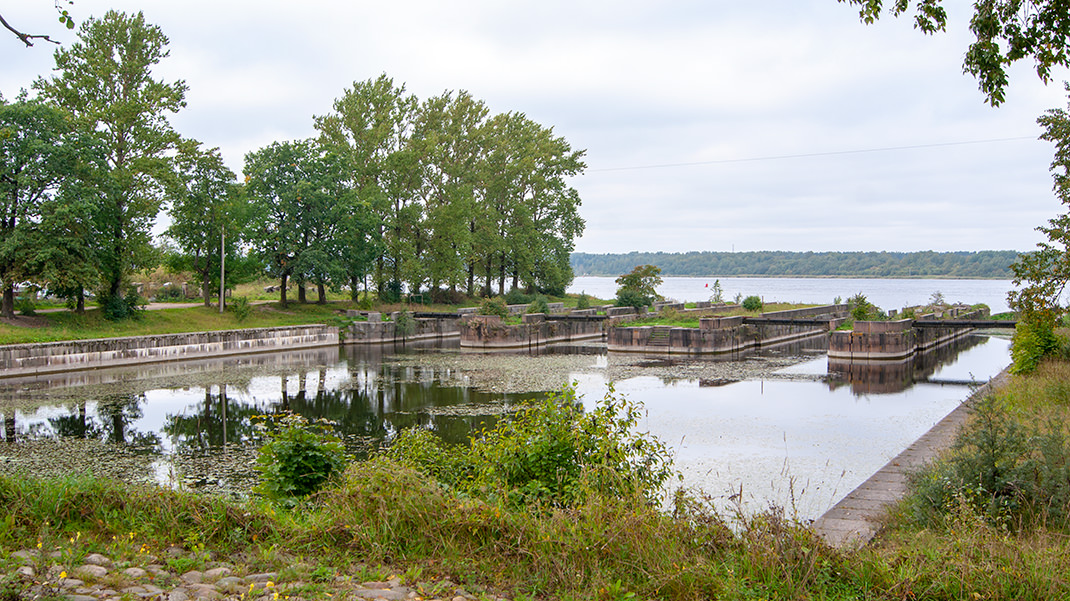
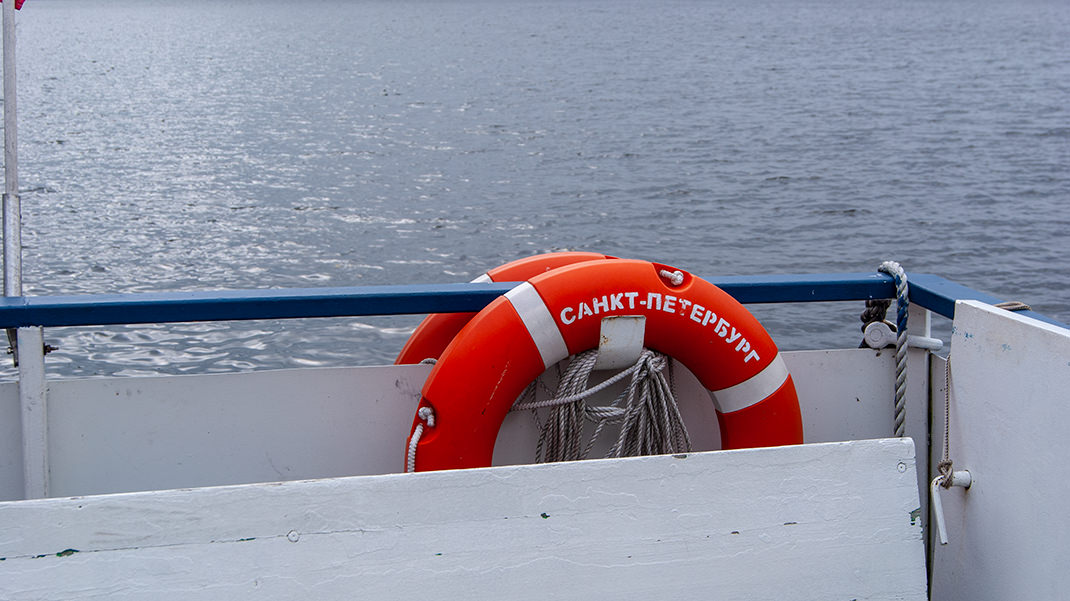
How to Get There
You can only reach the Fortress "Oreshek" by ferry from either the right or left bank of the Neva River.
From the left bank, the ferry departs from the "Shlisselburg" pier. The easiest way to get to the pier is by taking the comfortable bus No. 575 from "Dybenko Street" Metro Station. The journey takes about 1 hour, with a frequency of 15–30 minutes. As of September 2018, the fare was 75 rubles. From the bus stop, it’s about a 300-meter walk to the pier.
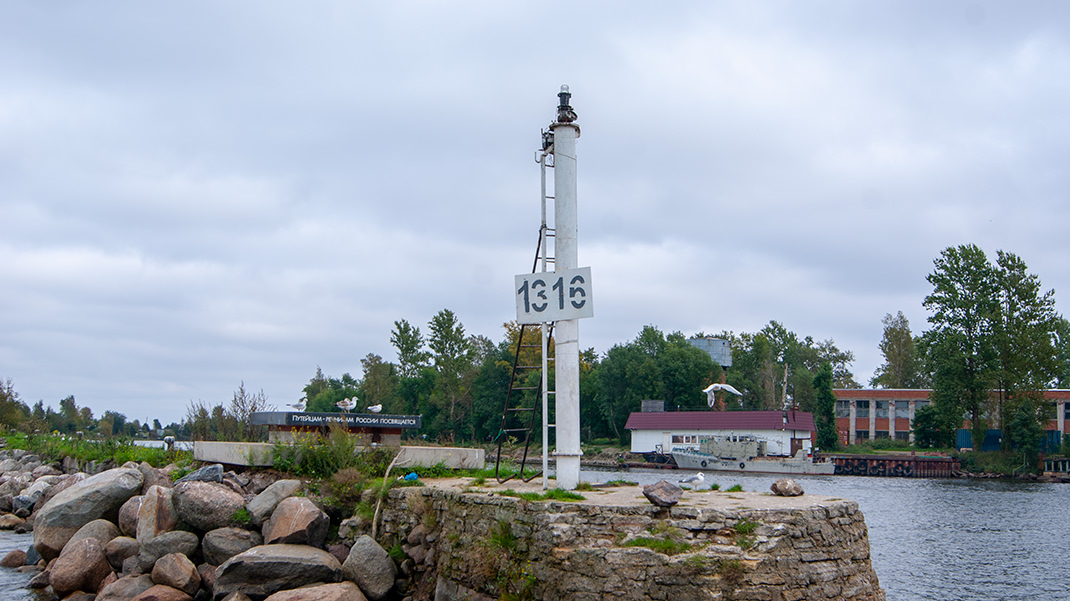
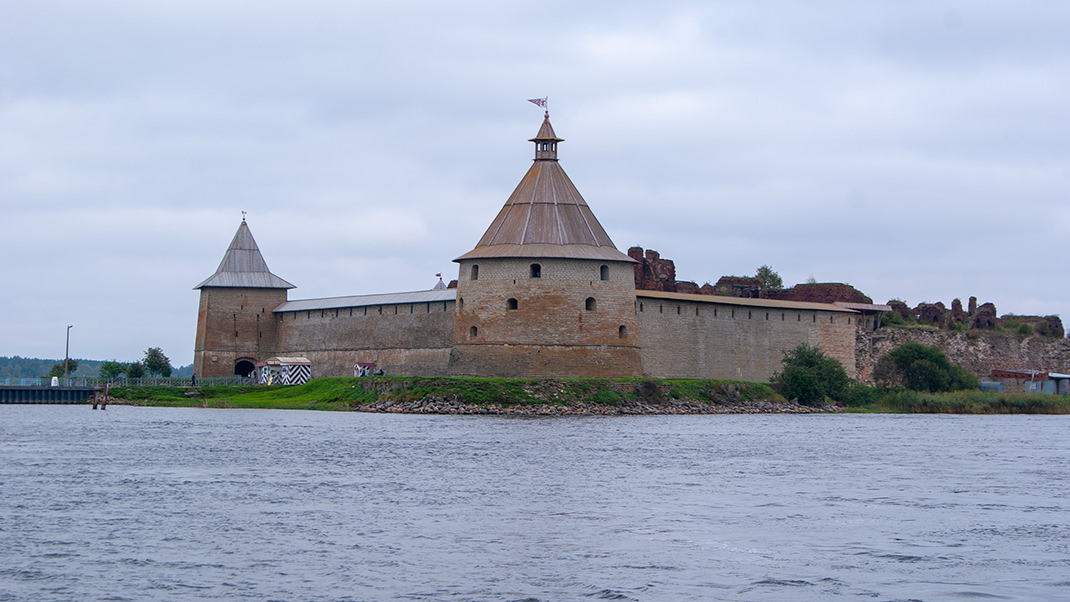
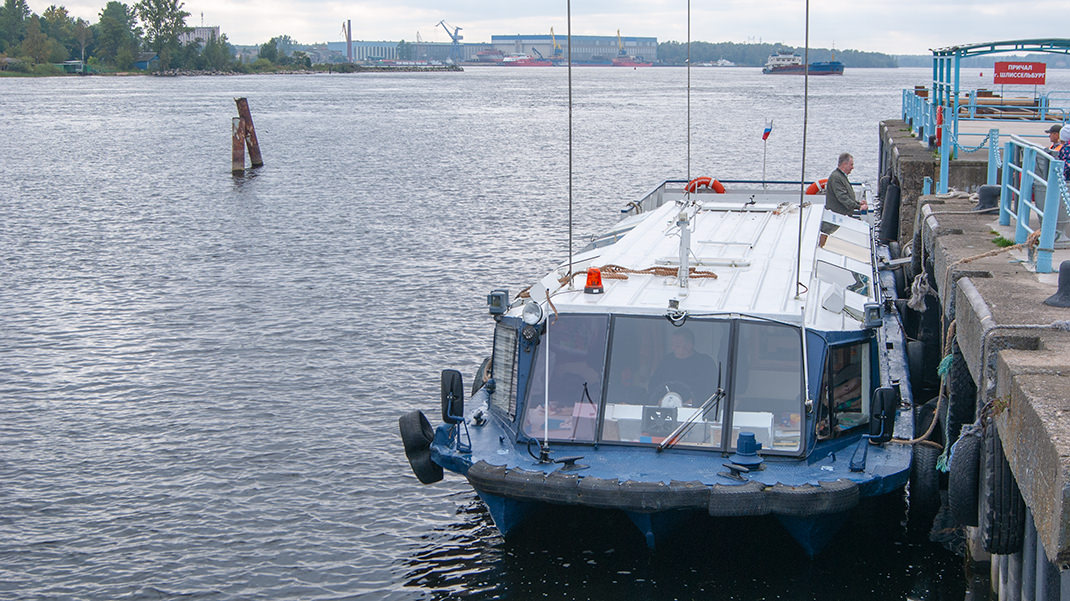
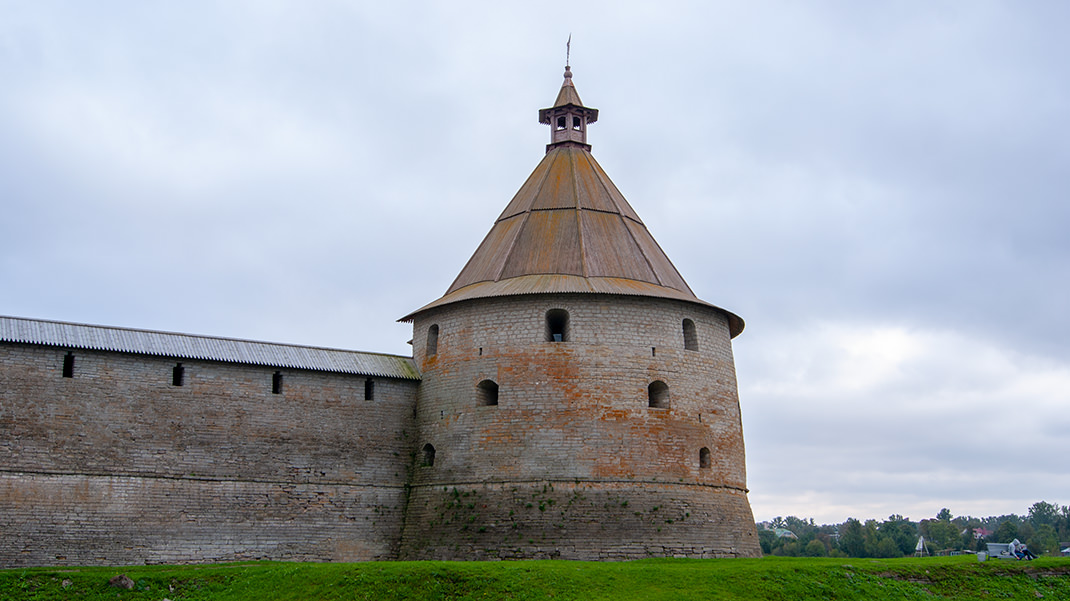
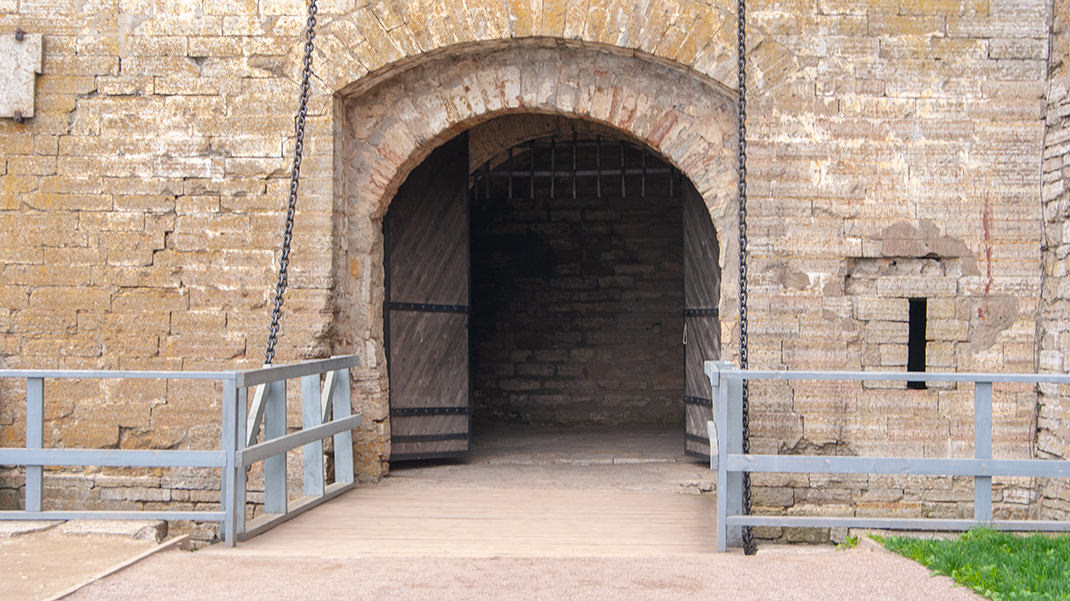
From the right bank, the ferry departs from the "Pos. im. Morozova" pier. The easiest way to get there is by train from the Finland Station in Petersburg to the Petrokrepost Station. The journey takes about 1 hour. As of September 2018, the fare was 113 rubles. The pier is a few minutes' walk from the train station.
All ferries depart at intervals of 15–30 minutes. The round-trip adult ticket costs 300 rubles, and bank cards are accepted.
History
Since its foundation, the Fortress "Oreshek" was part of the Novgorod Republic. In the 15th century, it was annexed to the Moscow Principality. In 1612, the fortress was captured by Sweden and renamed Noteburg. It wasn’t until 1702, during the Great Northern War, that it returned to Russian control.
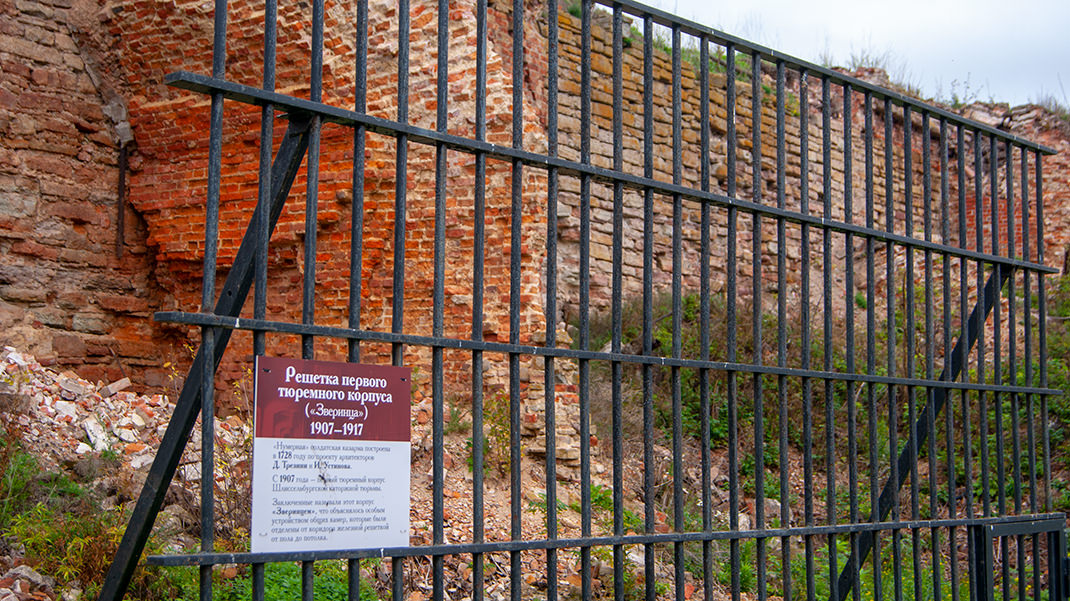
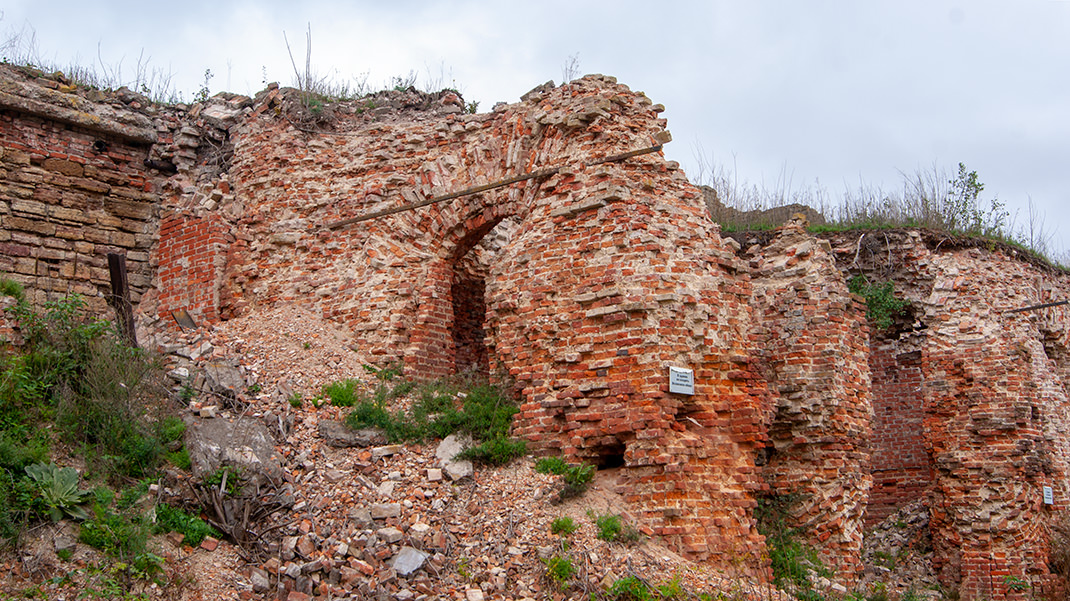
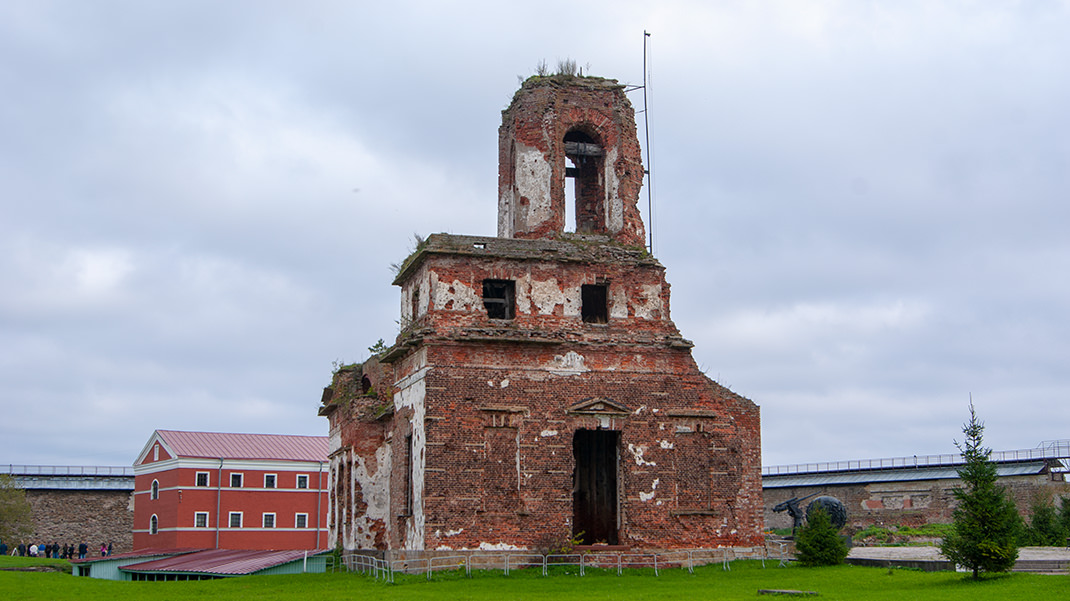
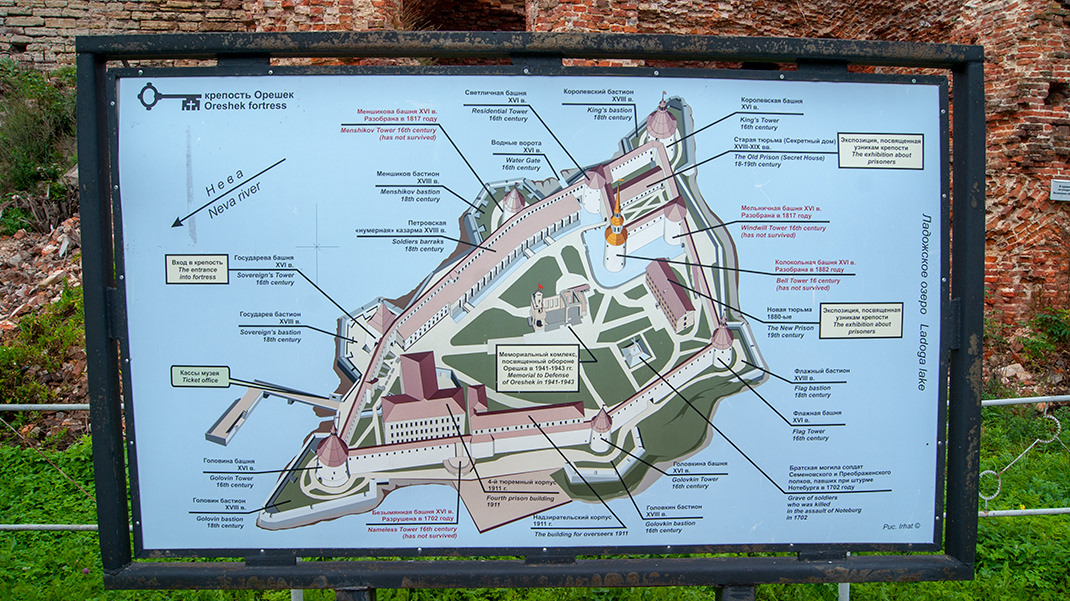
From the early 18th century, the Fortress "Oreshek" was used as a political prison. The first prisoner was Maria Alexeevna (sister of Peter I). Later, many notable Decembrists were imprisoned there. In the 20th century, the casemates housed narodniks and Social Revolutionaries. Additionally, "Oreshek" was used for executions—among those executed was Lenin's brother, A. I. Ulyanov.
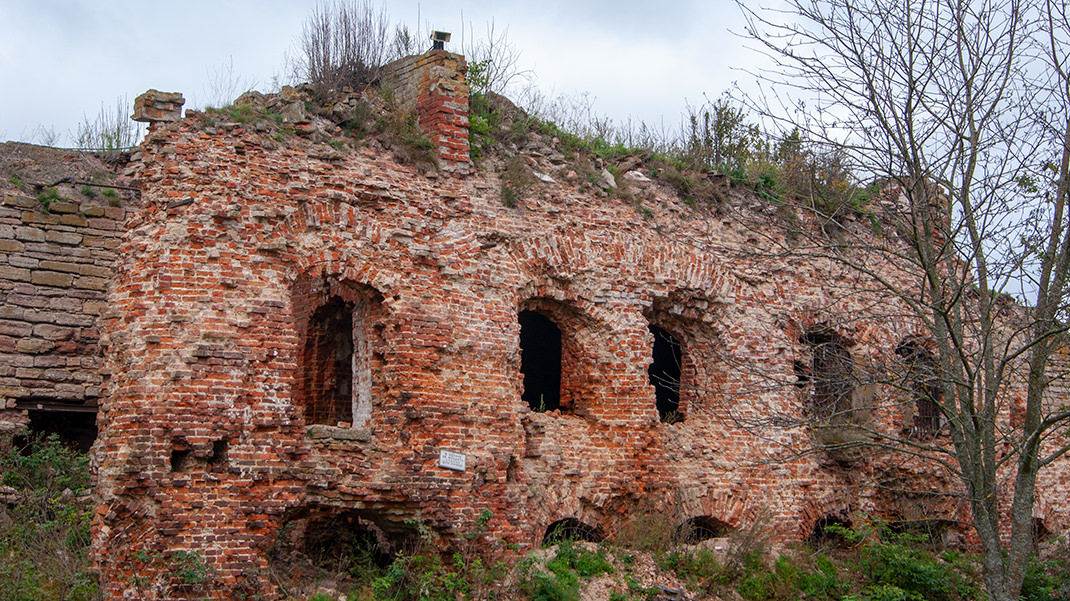
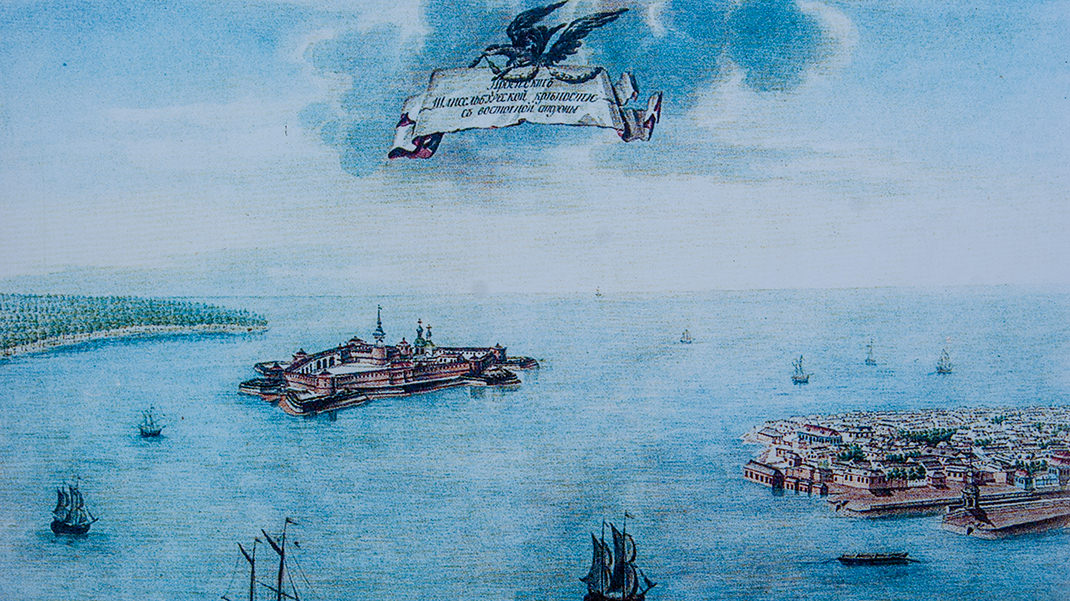
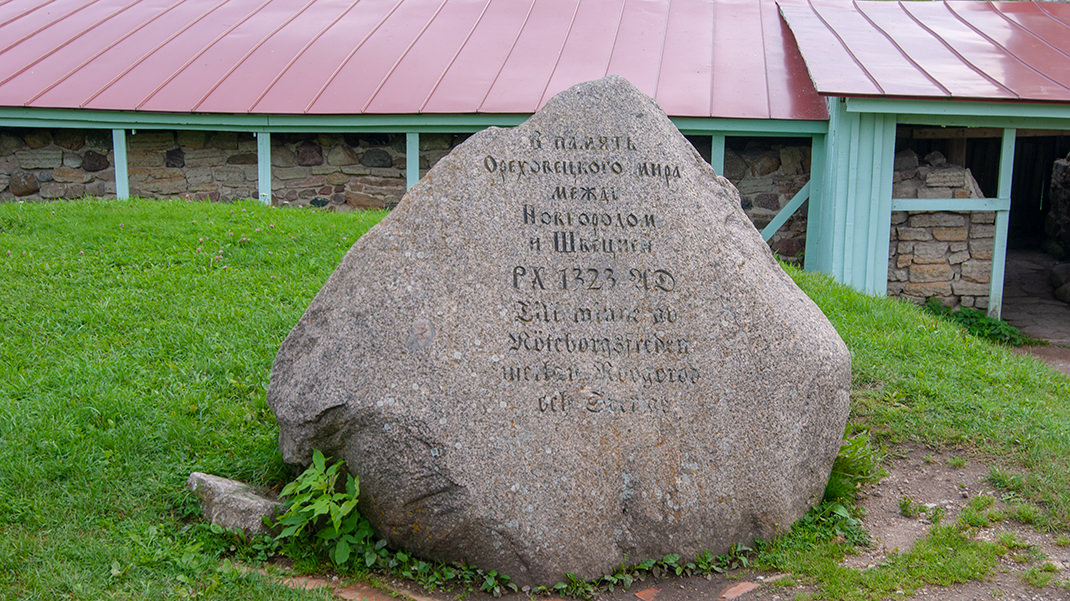
During the Great Patriotic War, 350 defenders heroically held the fortress for 500 days.


